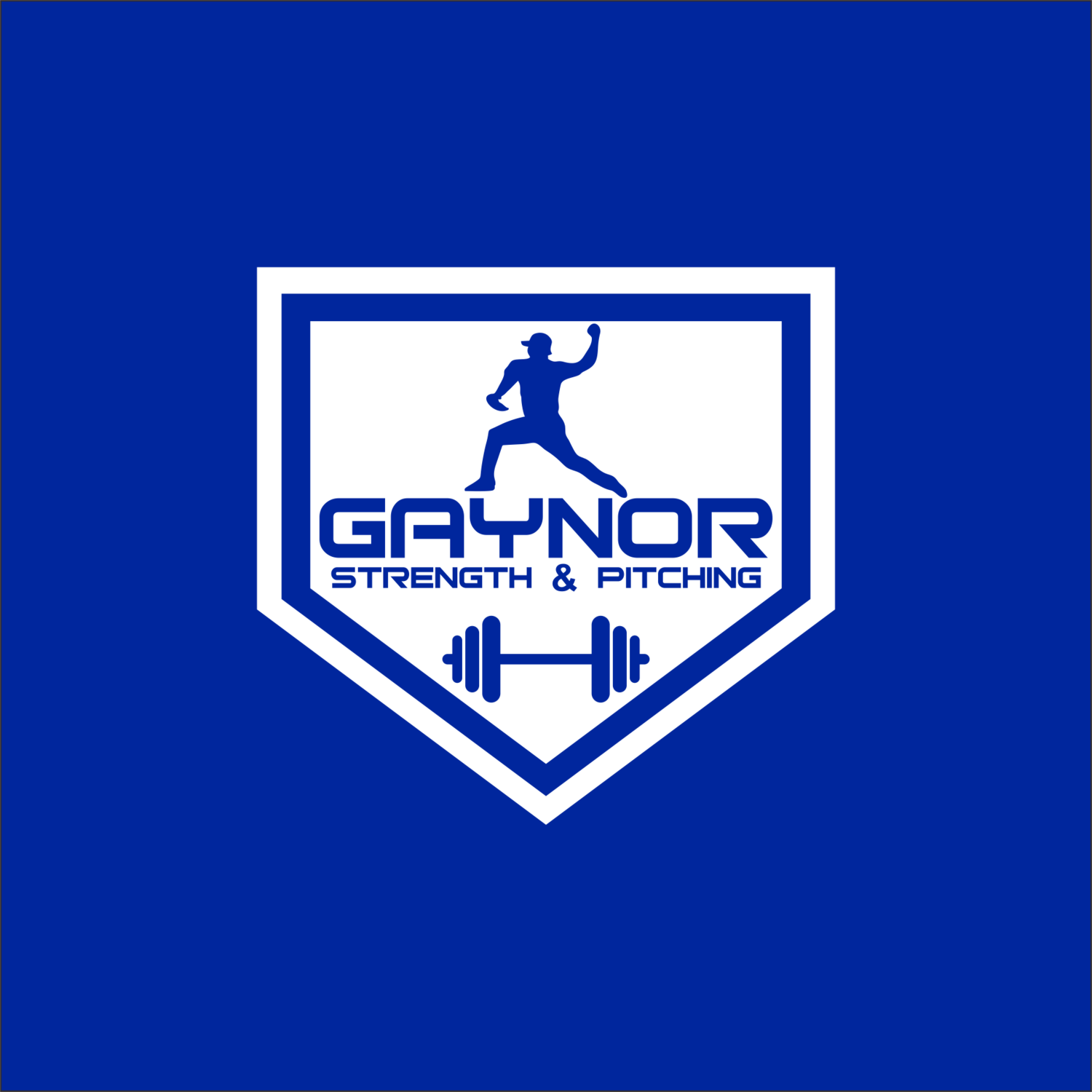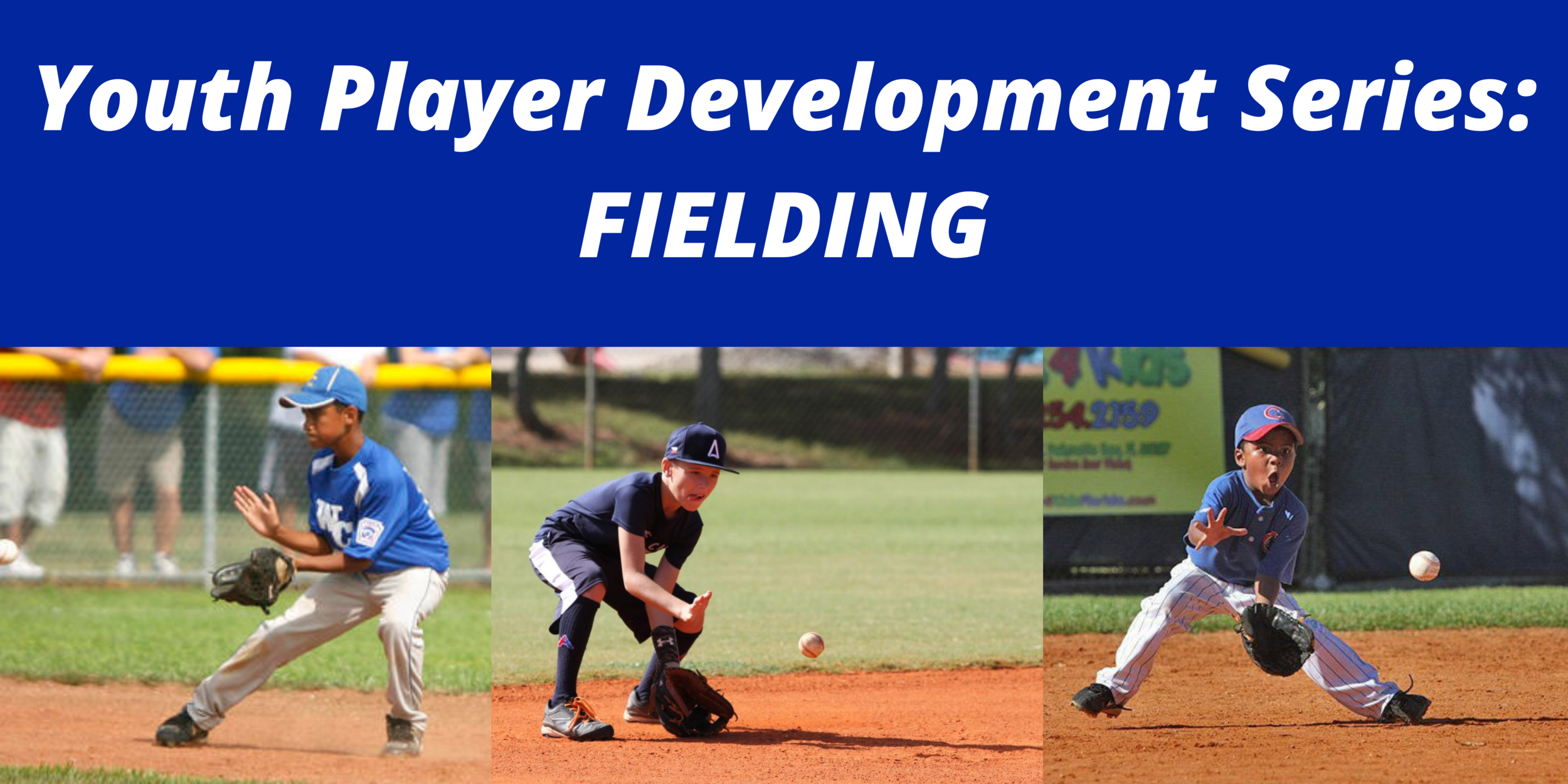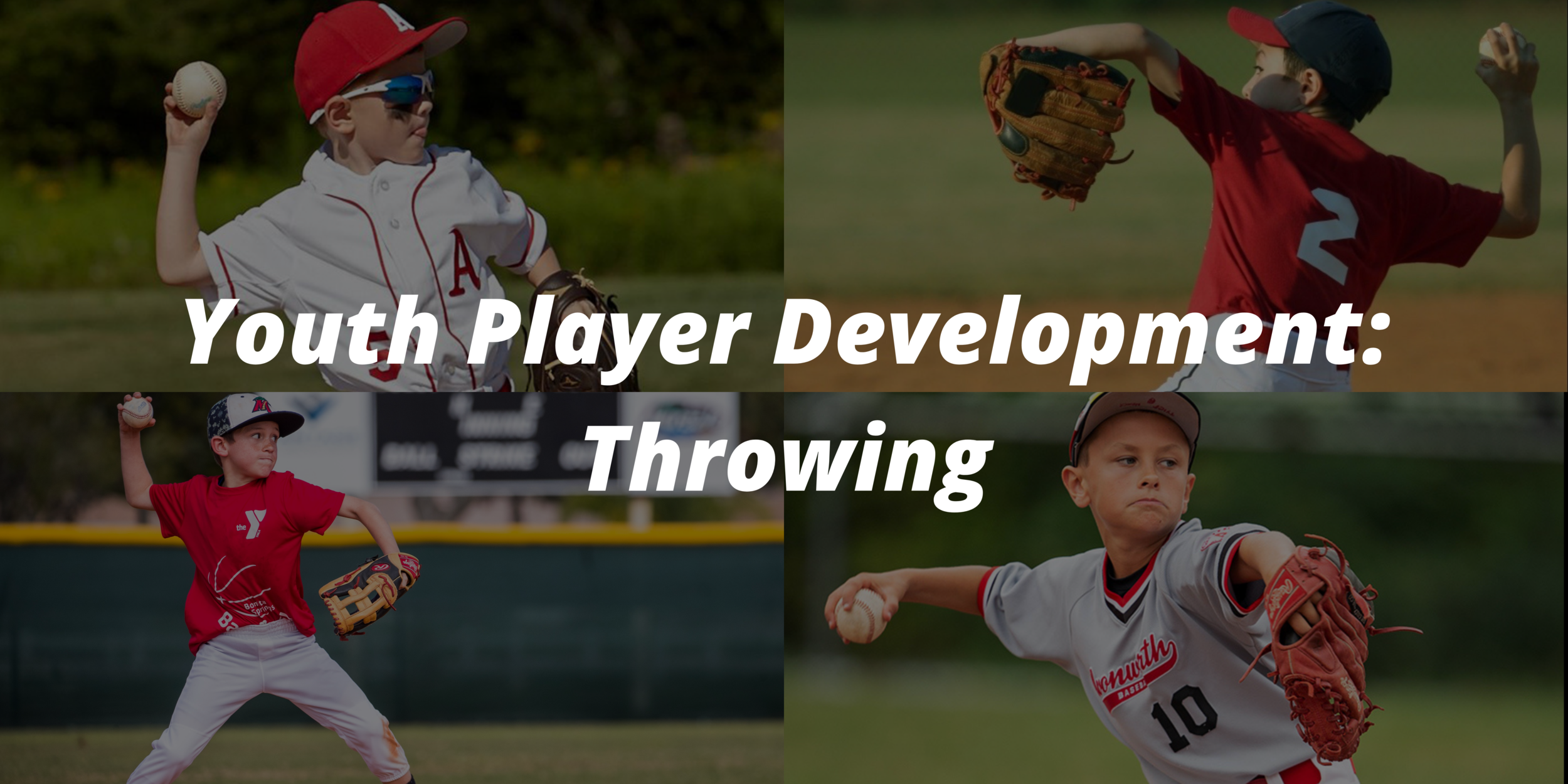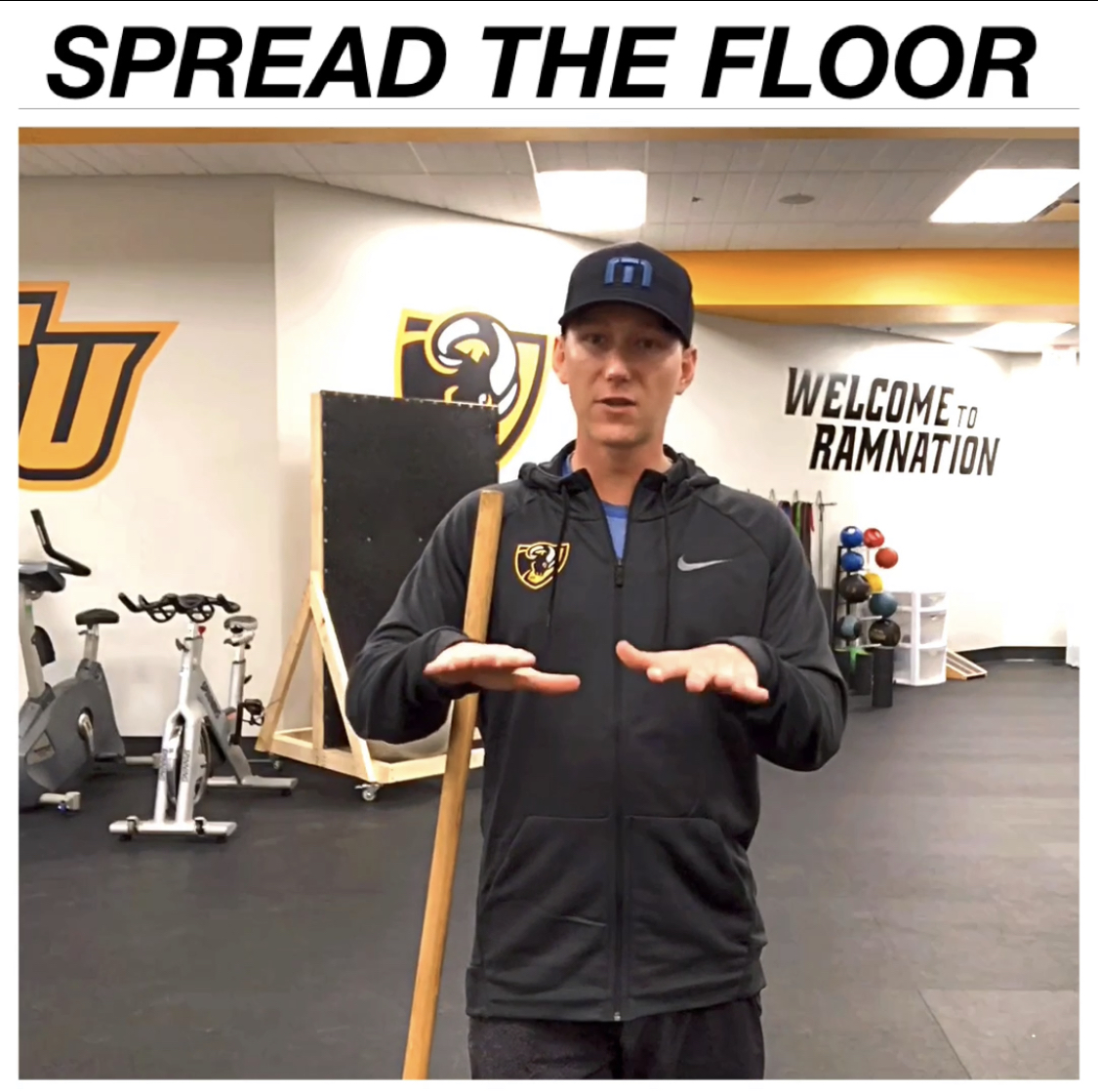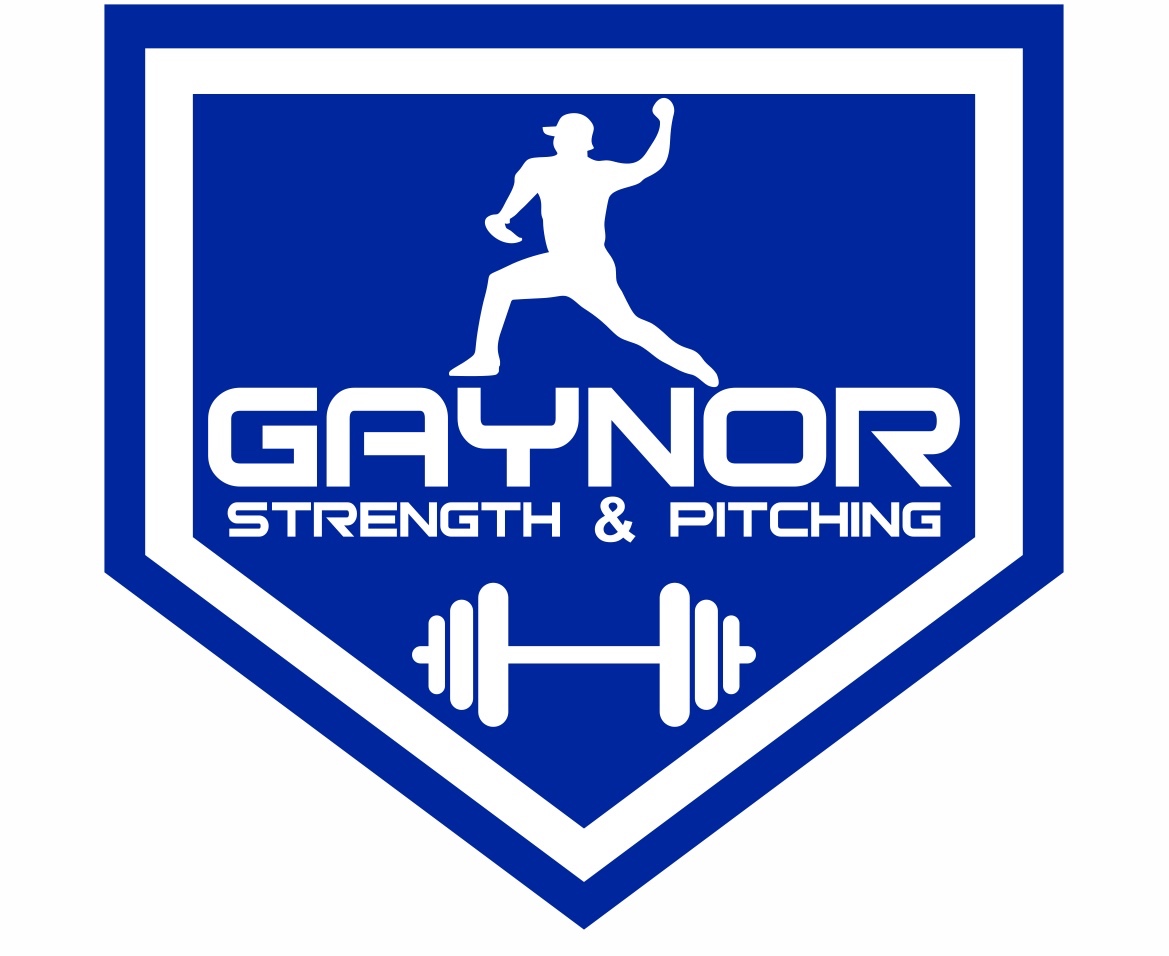Baseball is all about routines. If you have consistency and a plan with what you do, you are on the path to success. Having a routine when playing catch is no different. How are you determining the distance, intensity, and drills?
In this post I want to share:
How to decide the distance and intensity
How to decide drills and progressions
Other ideas and tools you can use when playing catch
Distance and intensity
The first thing we have to ask is, what type of day is it? Is it a light, medium, or high intensity day? Your light days are usually going to be the day after a game or bullpen. Medium days are one or two days before a game or bullpen, depending on your schedule. High intensity days are going to be your bullpens, games, or high intensity training days with a velo focus for example.
Light Days
Treat these day as they should be, LIGHT. One of the most common things I see young players do is throw too hard or too much on their light days. These are built in recovery days that allow you to be at your best for the those high intensity days. Even if you feel good on these days, it is important to stick to the plan. You should throw anywhere in the 60-90’ foot range with air under the ball at 50-60% effort. Think of these days as getting your arm moving and treating it like a therapeutic throwing session.
Medium days
These are the days you will spend working on something in your delivery or feel for a pitch. The intensity should be at 70-80% effort. The distance will vary depending on how far you go on high intensity days. If your max distance is 300’, then on a medium day you’ll likely go between 120-200’.
High Days
This is the big day. Volume and intensity are at their highest. You should be feeling recovered and strong on these days. Distance will be near max distance and by the end of the throwing session, you are throwing near max intensity. These days are designed for velo work, bullpens, or are game days.
drills and progressions
Now that we talked about distance and intensity on each day, let’s now talk about progressions in catch play. When first starting out, I like to have guys start with a few drills. You will start with the most constrained drill (less freedom) to the least constrained (more freedom) by the end.
The first drill you will start around 40-45 feet and perform a torso drill. This is designed to get a little bit of a load into the back hip as you counter rotate the shoulders and then proceed to rotate down through your target. You’ll do this for 5-8 throws.
After this you’ll move back to roughly 60’ and perform a more dynamic drill. This could be a step back, walking wind up, etc. We are still going at a low intensity as we build up and work our way back.
From about 60-90’ you will do a modified leg lift and easy throw to your target. If it is a light throwing day, this is where the throwing will conclude for the day.
Once you get past 90’ you’ll start to incorporate a shuffle or a crow hop variation. You will do this to your max distance for the day.
If it is a high intensity day you will make your way in with 5-8 pulldowns at 90+% effort. This can be done with a shuffle or a crow hop variation of your choosing.
When you get back to 60-75’ you can either work on grips or throw a few fastballs out of your regular delivery. These can also be done on the mound depending what day it is and where you are in your program.
This model is based around Alan Jaeger’s long toss progression. Put air under the ball and throw nice and easy on your way out. See how effortlessly you can reach your partner. Once you reach your max distance for the day, start throwing the ball on a line.
Below is an example of a throwing progression.
Other Ideas and tools
There are many other tools you can use when playing catch that can help performance.
You can use things like:
Weighted balls/differential balls
To work on velocity and command training
Clean Fuego/Club K ball
To work on spin efficiency and axis
Softball
To work on off speed pitches and command
weighted ball long toss
On a high intensity day that is a non-bullpen day, weighted ball long toss could be a good addition to your program.
How it works:
9oz ball from 45-60’ at low intensity
7oz ball from 60-90’ at low intensity
6oz ball from 90-120’ at low to medium intensity
5oz ball from 120’-max distance at medium to high intensity
4oz ball on way in for pulldowns at high intensity
This is an effective high intensity throwing day that can be a part of your velocity training program or a high intensity day as a replacement to a mound day.
In Conclusion
Catch play can be taken for granted if there isn’t focus and intention. This is where players make the majority of their throws, so their needs to be a routine and focus when doing it. I hope you found this helpful and if you have any questions, please reach out!
Enjoy the Process,
Jared Gaynor
